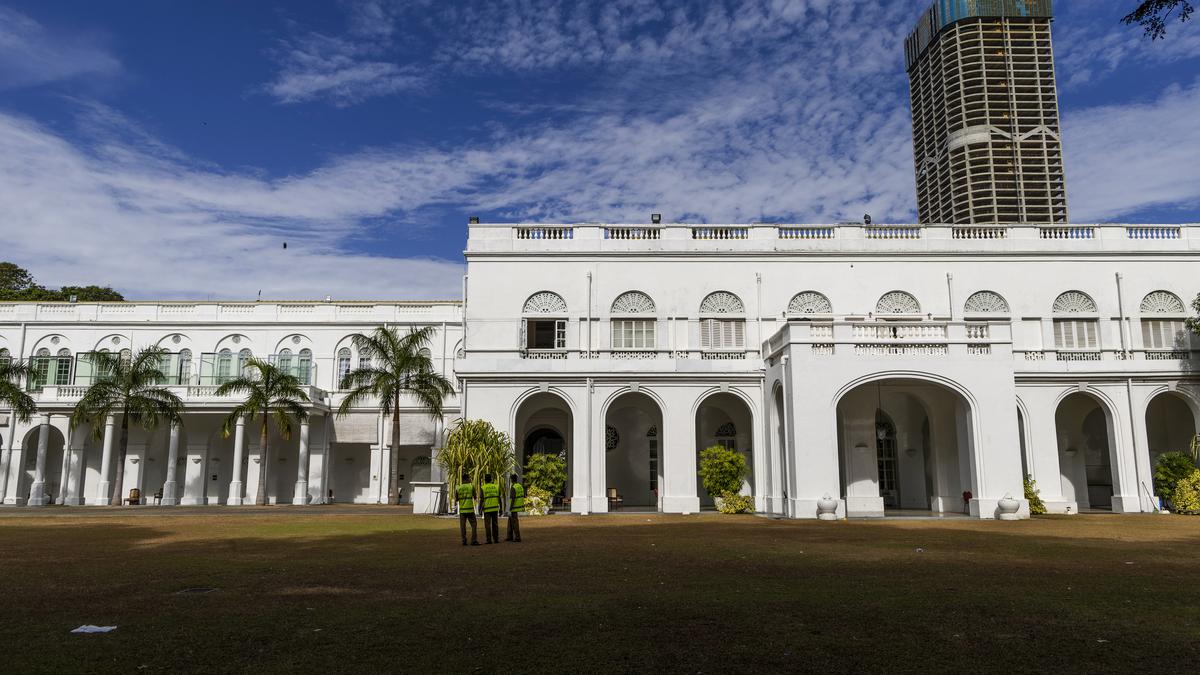
The all-powerful Sri Lankan Presidency
The Hindu
The island nation has debated the need to abolish executive presidency for decades now, with last year’s crisis giving the issue renewed focus. However, Sri Lanka is yet to find a leader who is ready to renounce this power
The main ask — and the most popular chant — of the ‘Janatha Aragalaya’ [people’s struggle] witnessed in Sri Lanka last year was “Gota go home”. Scores of angry citizens, who took to the streets to protest acute shortages of essentials and long power cuts, squarely blamed the country’s most powerful leader for their misery. They deemed the former military man unfit to govern or occupy the country’s top office, and ousted him dramatically.
At the same time, some who were part of the protest movement confronted another question. Will the mere ousting of a failed President do, if ‘system change’ is what the country needs? What if another leader in his place resorts to destructive policy choices, such as Mr. Gotabaya’s overnight ban on agrochemicals in 2021, that continues to hurt farmers and the country’s annual crop yield? An impulsive leader wasn’t the only problem, they concluded. The office of the executive president, which bestows unchecked powers on one individual, was as much, if not more of a problem.
The Executive Presidency system came under focus, and the call to abolish it emerged loud and clear and dominated public discourse for a while.
The demand to abolish the executive presidency, however, did not seem outlandish to Sri Lankans. It wasn’t as new, virtually every President who has held office since it was introduced in 1978 had promised to do away with it, even if they conveniently forgot the promise once in that addictive seat.
From the time of its Independence in 1948, Sri Lanka was a parliamentary democracy. It adopted a republican constitution in 1972, in which parliamentary democracy continued. In 1978, the second republican constitution changed it into a presidential form of government and vested the President’s office with enormous powers.
The resistance to this system of governance, from within Sri Lanka’s polity and civil society, began just as former President J.R. Jayewardene began toying with the idea in the early 1971s, even before enshrining it in Sri Lanka’s second republican constitution in 1978. Sri Lanka’s Left, especially, played a major role, according to senior constitutional lawyer Jayampathy Wickramaratne, who cited key debates from the time, in a media article some years ago.
Colvin R. de Silva, a founder of the Trotskyist Lanka Sama Samaja Party (LSSP) and one of the finest legislators in the region, succinctly captured the dangers of executive presidency in the Constituent Assembly in 1971. Being Minister of Constitutional Affairs at the time, he contended, “There is undoubtedly one virtue in this system of Parliament … and that is that the chief executive of the day is answerable directly to the representatives of the people continuously by reason of the fact that the Prime Minister can remain Prime Minister only so long as he can command the confidence of that assembly. We do not want either Presidents or Prime Ministers who can ride roughshod over the people and, therefore, first of all, over the people’s representatives. There is no virtue in having a strong man against the people.”













